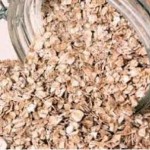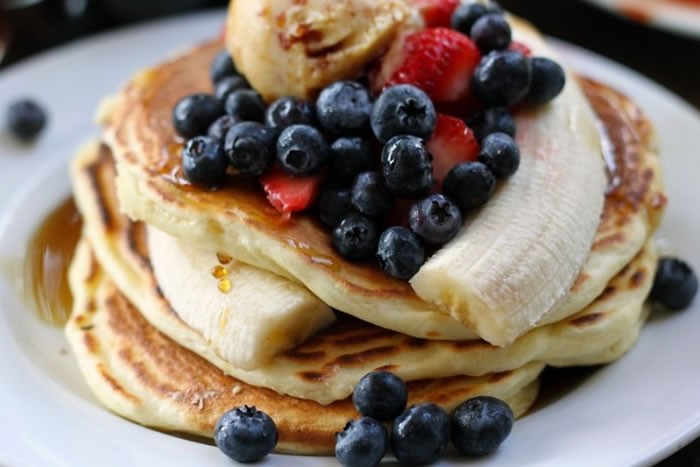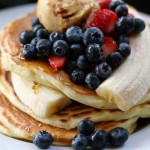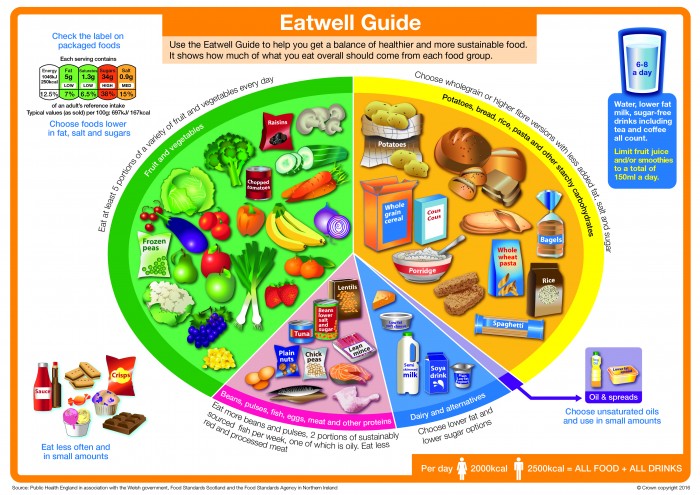One of our local Community Support Workers, Wendy came up with this fabulous healthier oat pancakes recipe. Wendy makes them for her teenage boys on a weekend and they always go down a treat!
The recipe uses honey to keep the pancakes moist and sweet so you won't need to add anything extra on top ... other than fruit of course!
Skills Check (as appropriate for each Key Stage)
Follow a recipe; follow food safety & hygiene rules; use measuring spoons and cups; use a jug to measure liquids; use balance/digital scales; whisk; use the hob (with adult supervision).
Allergens
Gluten | Eggs | Milk
(Please note the allergens listed are indicative only. Allergens vary depending on brand; check the labels on the products you use.)
Equipment
Frying pan, large mixing bowl, wooden spoon, whisk, spatula, ladle, chopping board, knife
Ingredients (serves 12 - 14 children)
- 270g oats
- 360g wholemeal flour
- 3 tbsp baking powder
- 3/4 tsp salt
- 1.1 litres semi skimmed milk
- 6 eggs
- 180ml of olive oil, plus a little extra for cooking
- 6 tbsp honey
- Optional ‘toppings’: Sliced banana, a handful of fresh berries or dried fruit.
Method
- Heat a little olive oil in a large frying pan over a medium heat.
- Combine all of the dry ingredients in a large mixing bowl and give a quick stir.
- Add the remaining wet ingredients and whisk until the batter is smooth – it will look a little lumpy with the oats in!
- Use a small ladle to transfer the batter to the pan (N.B. The pan is warm enough when the oil is shimmery).
- When bubbles begin to appear, give the pancake a flip over and cook for a further minute.
- Serve on a plate with piles of fresh fruit; try chopped banana, blueberries, strawberries, raspberries…
Fun Breakfast Fact
The earliest known pancakes were made about 12,000 years ago from ground grains and nuts, mixed with water or milk and cooked on hot stones.
So thinking about oat pancakes...

Milk is an excellent source of calcium for strong teeth and bones, and both milk and eggs are good sources of protein in this recipe.
Pancakes are delicious with a fruity topping – why not experiment and change your fruits with the seasons? Pile your pancakes high with berries, bananas, melon or pineapple.
Activity and Discussion Ideas
- Ask pupils to discuss the main ingredients and identify where they fit on the eatwell guide. Are there any food groups missing? Is there a good balance of the food groups? Is there anything the pupils would add to either the recipe, or the meal, to make it healthier or more balanced?
- Pupils might like to think of different topping ideas for their pancakes. They could write out their recipes or draw a picture of their pancakes with their favourite toppings on.
Nutritional Information
| - | Energy | 1573KJ/376kcal | 19% |
| Med | Fat | 18.3g | 26% |
| Med | Saturates | 3.8g | 19% |
| Med | Sugars | 9.7g | 11% |
| Med | Salt | 0.6g | 10% |
per 140g serving
% of an adult's reference intake
Typical values per 100g: Energy 1124KJ / 269kcal
Notes
A traffic light system is used on nutrition labels to make it easier to see which foods and drinks are lower in calories, fat, sugar and salt. Try and choose more ‘greens’ and ‘ambers’ and fewer ‘reds’, and stick to smaller portions of ‘reds’.
Just because a recipe or a food has a red traffic light doesn't mean you shouldn't eat it. Understanding why a food or recipe might have a red light can be helpful. For example oily fish is high in total fat and so any recipe containing oily fish is likely to be ‘red’ for fat. But it is recommended that we eat oily fish at least once a week because the type of fat it contains is beneficial for our health.
% Reference Intakes are also shown. Reference Intakes are guidelines about the approximate amount of particular nutrients and energy required for a healthy diet (based on an average-sized woman doing an average amount of physical activity). Most children will require less than these Reference Intakes. The contribution of one serving of a food or drink to the Reference Intake for each nutrient is expressed as a percentage.





